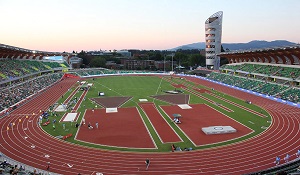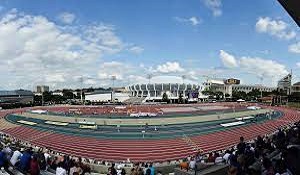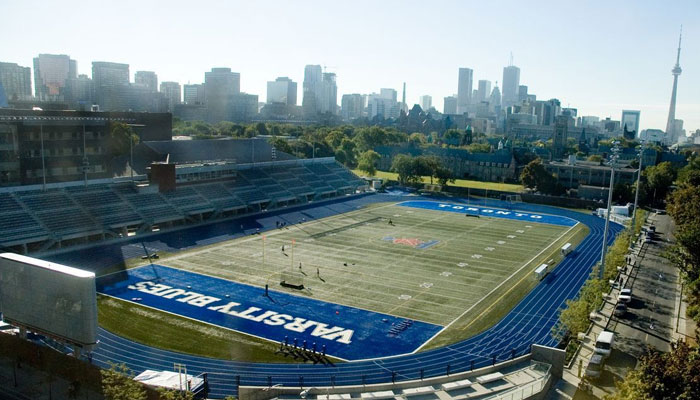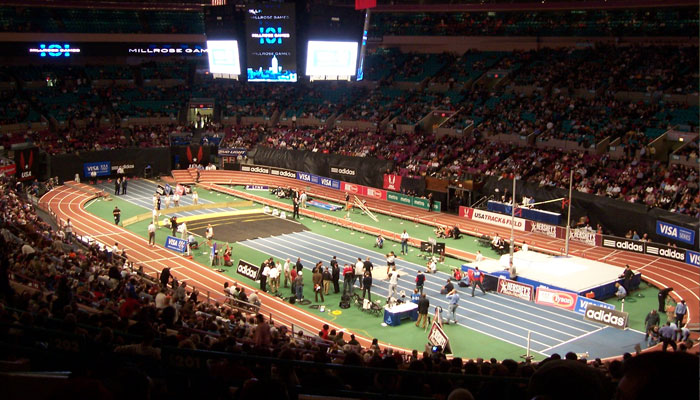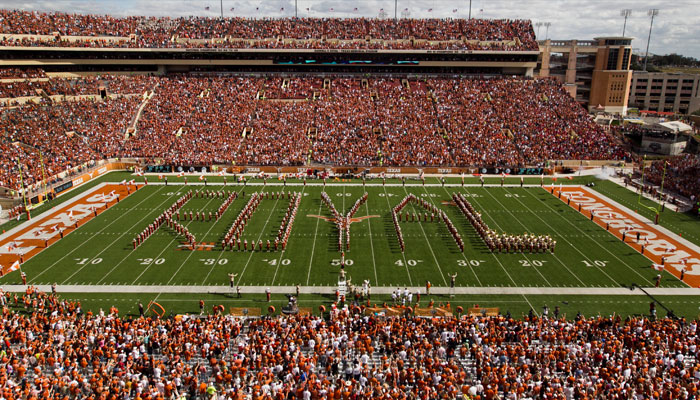Oita Bank Dome
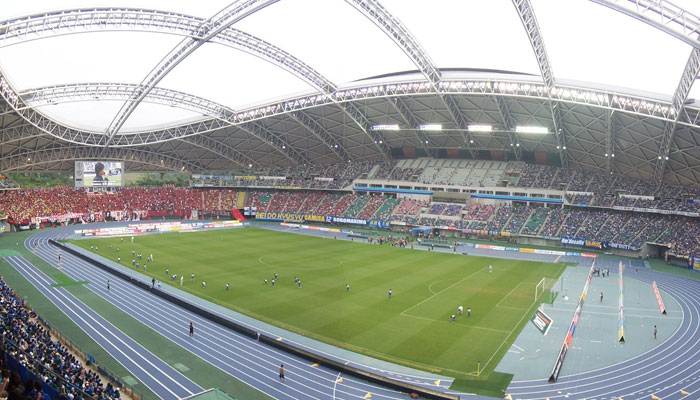
The Oita Bank Dome, also known as the Kyushu Oil Dome or Big Eye Stadium, is a multi-purpose stadium located in Oita, Japan. It was first opened in 2001 and has since hosted a variety of sporting and entertainment events. The stadium was built for the 2002 FIFA World Cup, and has also hosted rugby matches, concerts, and other events.
Dimensions:
The Oita Bank Dome has a seating capacity of approximately 40,000 for sporting events and up to 42,000 for concerts. The stadium measures 200 meters long, 160 meters wide, and 53 meters high.
Facilities:
The stadium features several amenities, including luxury suites, a VIP lounge, a restaurant, and multiple concessions stands. It also has several retail stores and merchandise stands, as well as a large parking lot.
Track surface:
The Oita Bank Dome does not have a track surface, as it is primarily used for soccer and rugby matches, as well as concerts.
Field events:
Similarly, the stadium does not typically host field events, as it does not have a dedicated field space. However, in the past it has been used for martial arts events and other cultural performances.
Events and competitions:
The Oita Bank Dome has hosted a variety of events and competitions throughout its history. Some of the most notable include the 2002 FIFA World Cup, the 2019 Rugby World Cup, and the annual Oita International Wheelchair Marathon. The stadium has also been the site of numerous concerts and music festivals, featuring artists from a range of genres such as J-Pop, rock, and hip-hop.
Safety:
The Oita Bank Dome has implemented several safety measures to ensure the safety of visitors to the stadium. These include enhanced screening procedures for visitors, such as bag checks and metal detectors, as well as increased security personnel on site. Additionally, the stadium has implemented measures to prevent accidents or injuries, such as anti-slip flooring and safety rails.
Sustainability:
The Oita Bank Dome has made efforts to reduce its environmental impact and promote sustainability. The stadium has implemented several initiatives to reduce its carbon footprint and waste, including using energy-efficient lighting and reducing water consumption. The stadium has also implemented a recycling program for waste generated at events.

